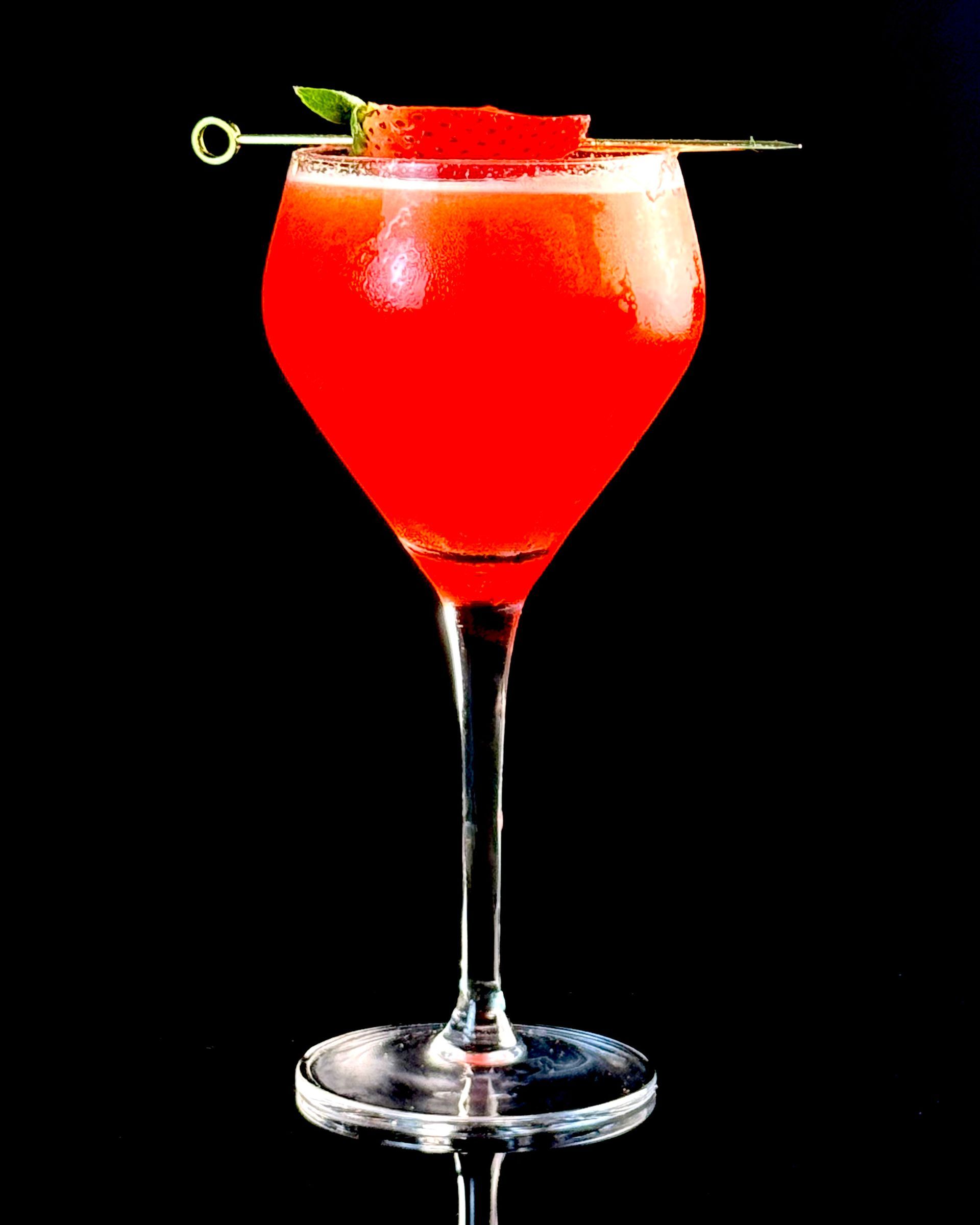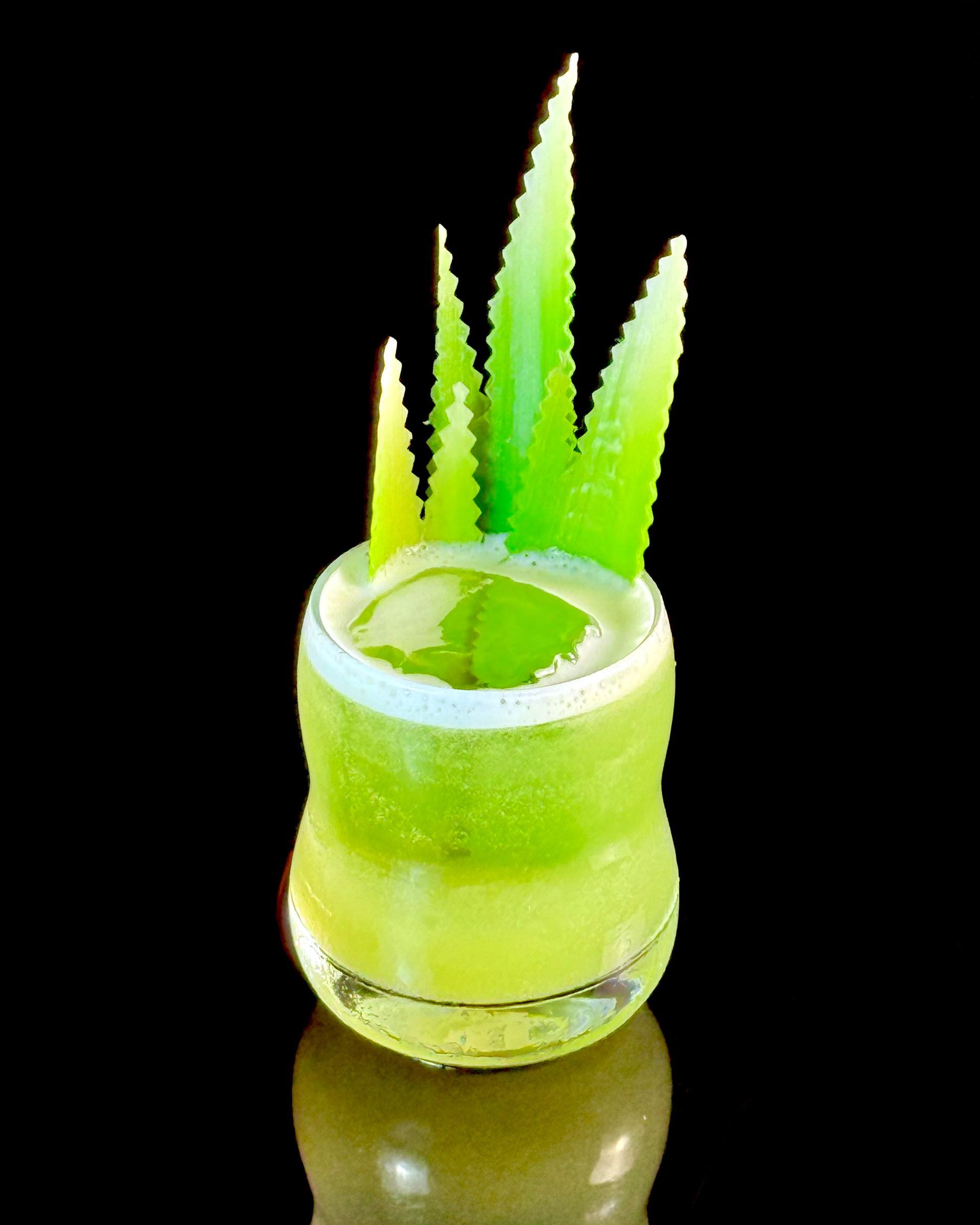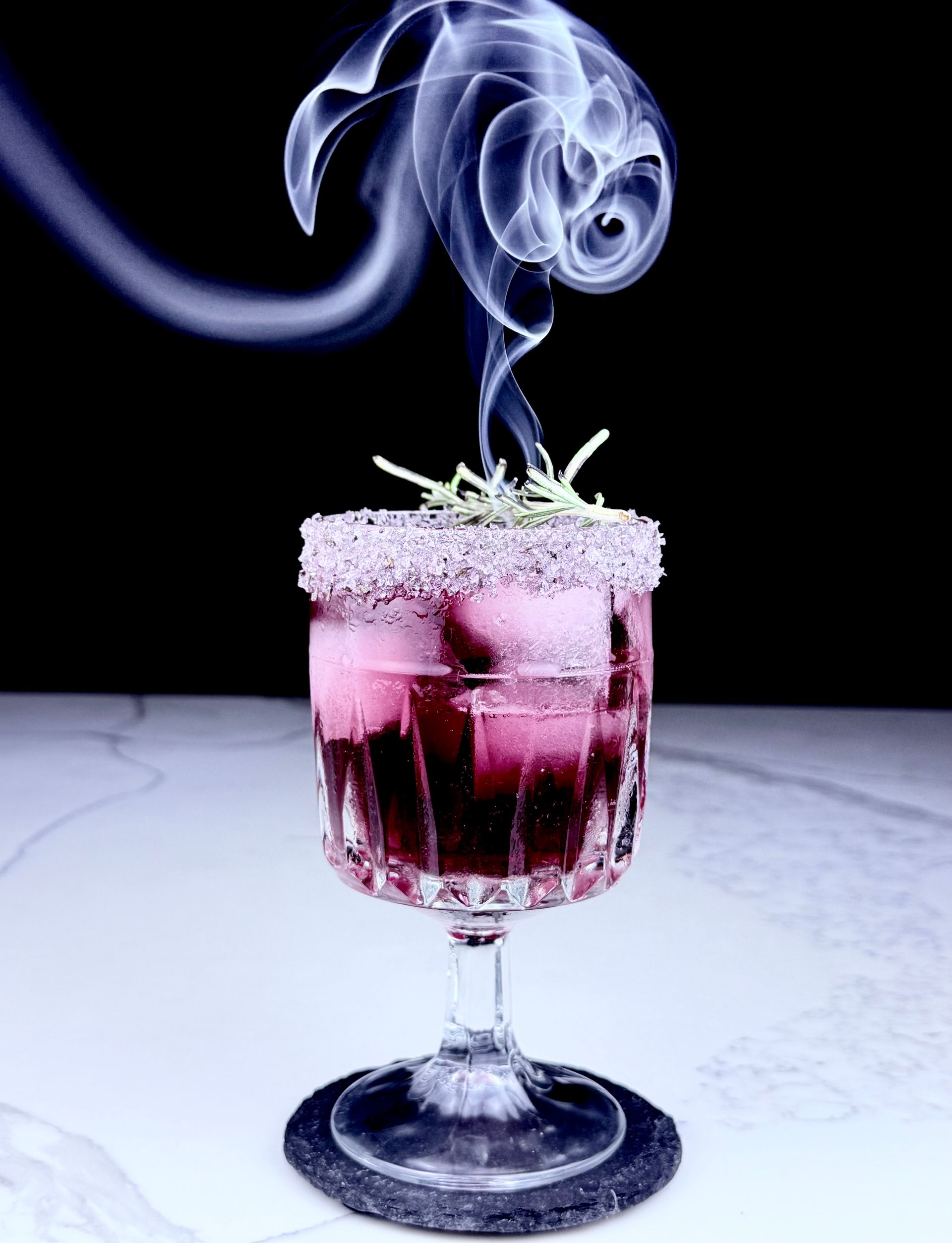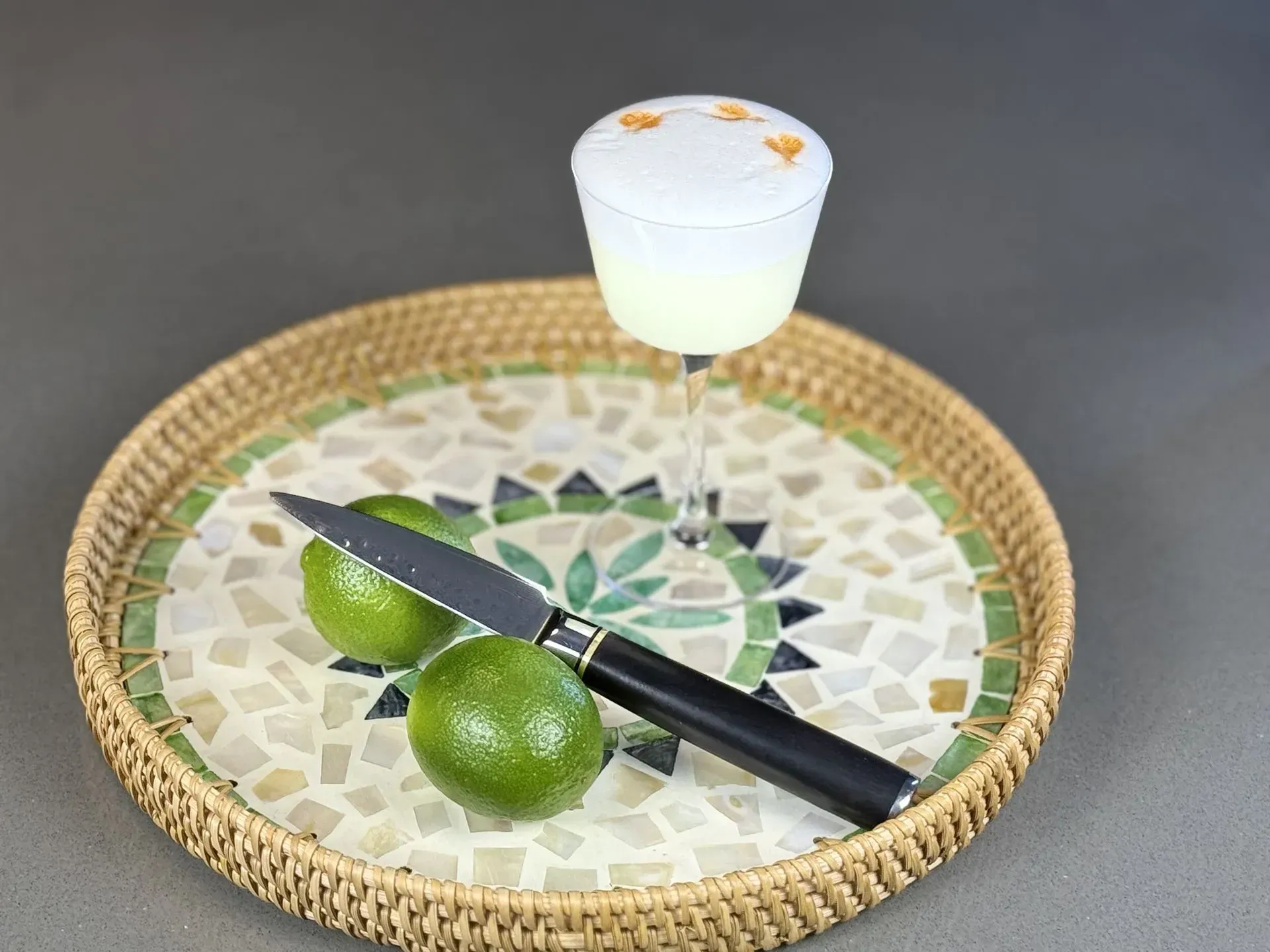The Art of Making Cordials: From Fruit to Flavor
Cordials, also known as liqueurs, are a timeless expression of flavor, craftsmanship, and creativity. Whether sipped neat, poured over desserts, or used to elevate cocktails, cordials are beloved for their depth and character. Behind every bottle is a thoughtful process that begins with the finest fruits and botanicals and ends with a well-balanced, aromatic blend. Crafting cordials is as much an art as it is a science, requiring a harmony of taste, texture, and tradition. For those curious about what goes into making a great cordial—from sourcing to bottling—this blog will guide you through the key steps and principles that shape the process from fruit to flavorful finish.
1. Selecting the Right Fruit and Botanicals
The foundation of any cordial lies in its ingredients. Craft producers prioritize fresh, ripe fruits, herbs, and spices, often sourced locally or seasonally for optimal flavor. Whether it's tart cherries, zesty citrus, or aromatic lavender, quality ingredients dictate the richness and authenticity of the final product. Each fruit contributes not only taste but also color, aroma, and texture, which is why selection is critical.
2. Maceration: Infusing the Essence
Once ingredients are chosen, they undergo maceration—a process in which fruit and botanicals are soaked in alcohol to extract flavors and aromas. This step may take days or even weeks depending on the intensity of flavor desired. During this time, alcohol acts as a solvent, pulling essential oils and compounds from the ingredients. Maceration lays the groundwork for the cordial’s unique profile.
3. Sweetening and Balancing
After infusion, the resulting liquid is filtered and sweetened. Unlike spirits, cordials are defined by their sweetness—typically achieved with sugar or honey. Striking the right balance between sugar and acidity is crucial. Too sweet and it becomes cloying; too tart and it loses its liqueur identity. Experienced crafters adjust ratios with precision to ensure the flavor is layered and approachable.
4. Aging and Bottling
Some cordials benefit from aging, which allows flavors to mellow and integrate over time. Aging can take place in glass, stainless steel, or wooden barrels, depending on the flavor profile intended. Once matured, the cordial is bottled—sometimes filtered again for clarity—and labeled. The result is a beautifully crafted beverage ready to be enjoyed on its own or mixed into a cocktail.
In the world of craft beverages, cordials stand out for their ability to capture the purest essence of nature’s bounty. Whether fruit-forward or herbaceous, every bottle tells a story of meticulous process and creative passion. For anyone seeking to explore complex flavor in a small glass, cordials deliver tradition and innovation in equal measure.
With over a decade of expertise in craft beverage manufacturing, Cordial Craft in San Diego, California, specializes in creating premium, small-batch cordials that showcase natural flavors and refined techniques. Their commitment to quality and creativity makes them a trusted name in the art of cordial making.
New Paragraph




